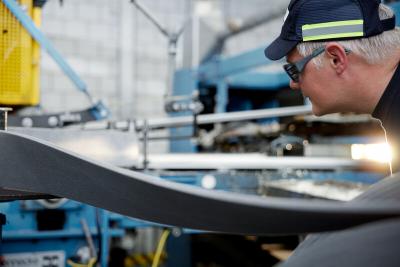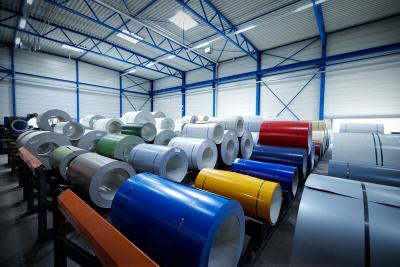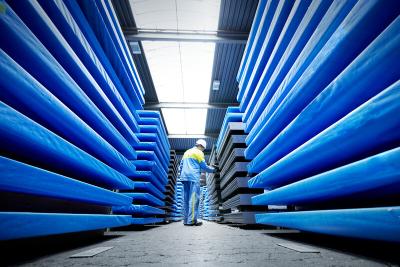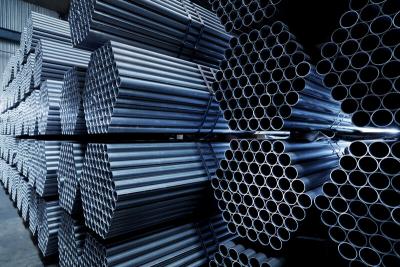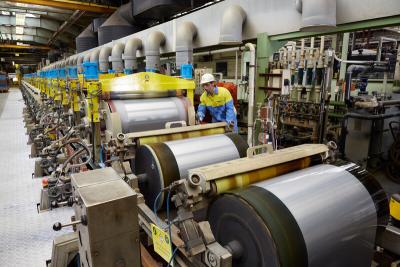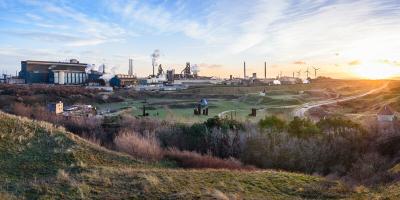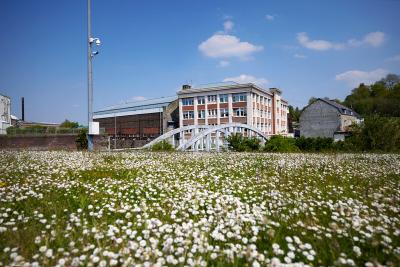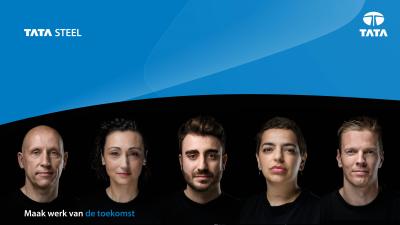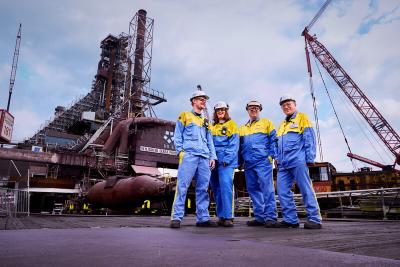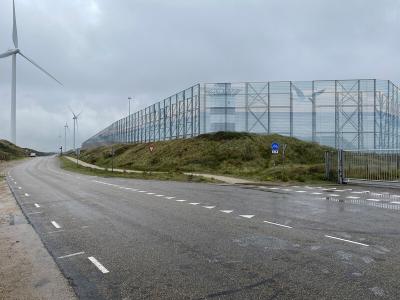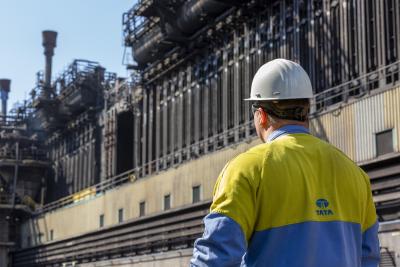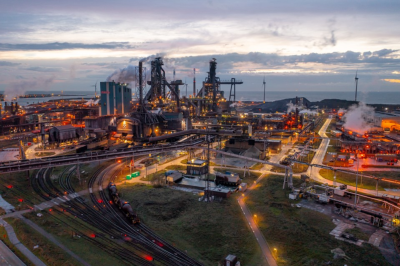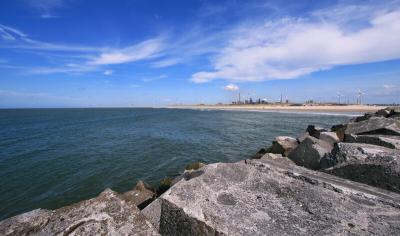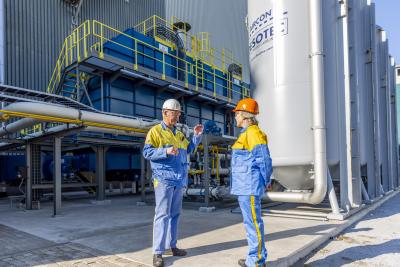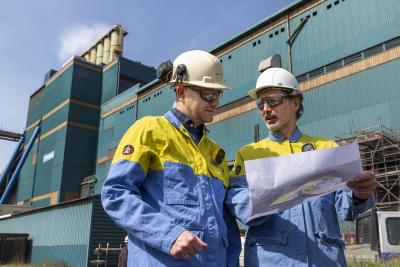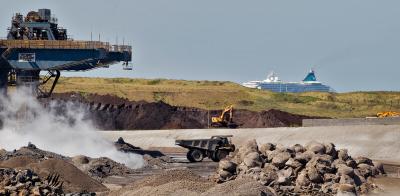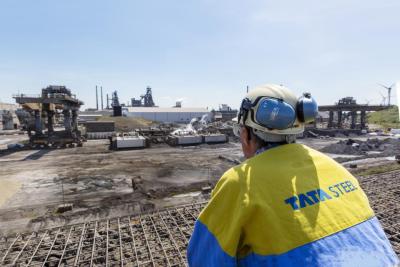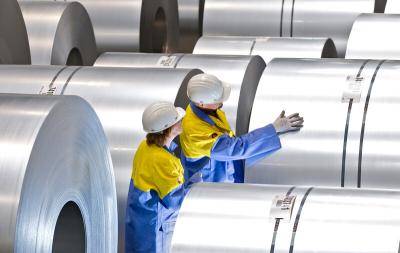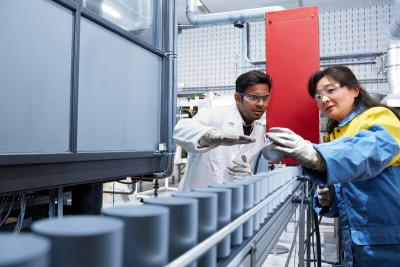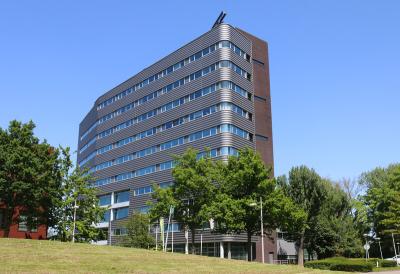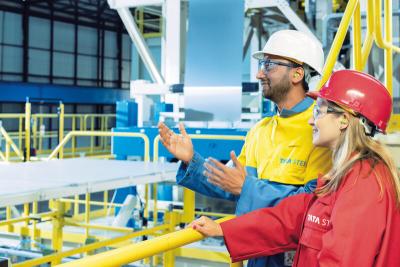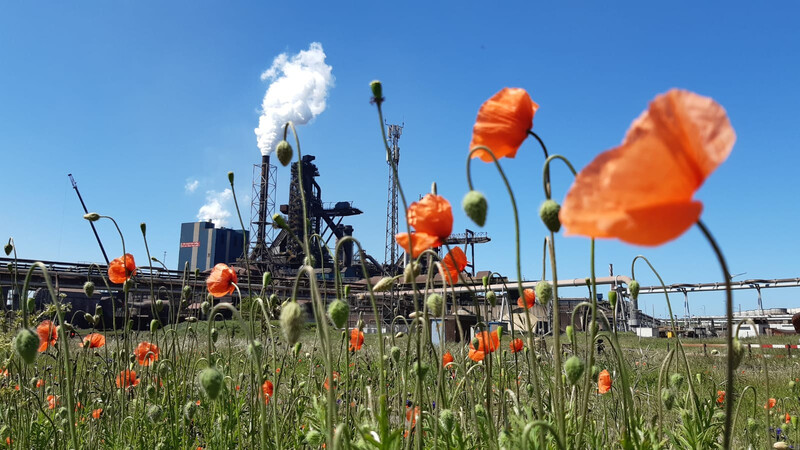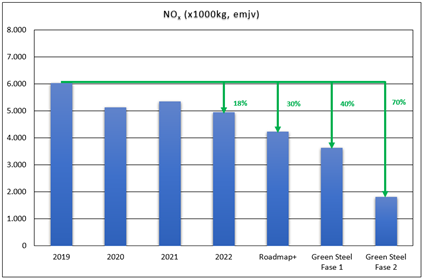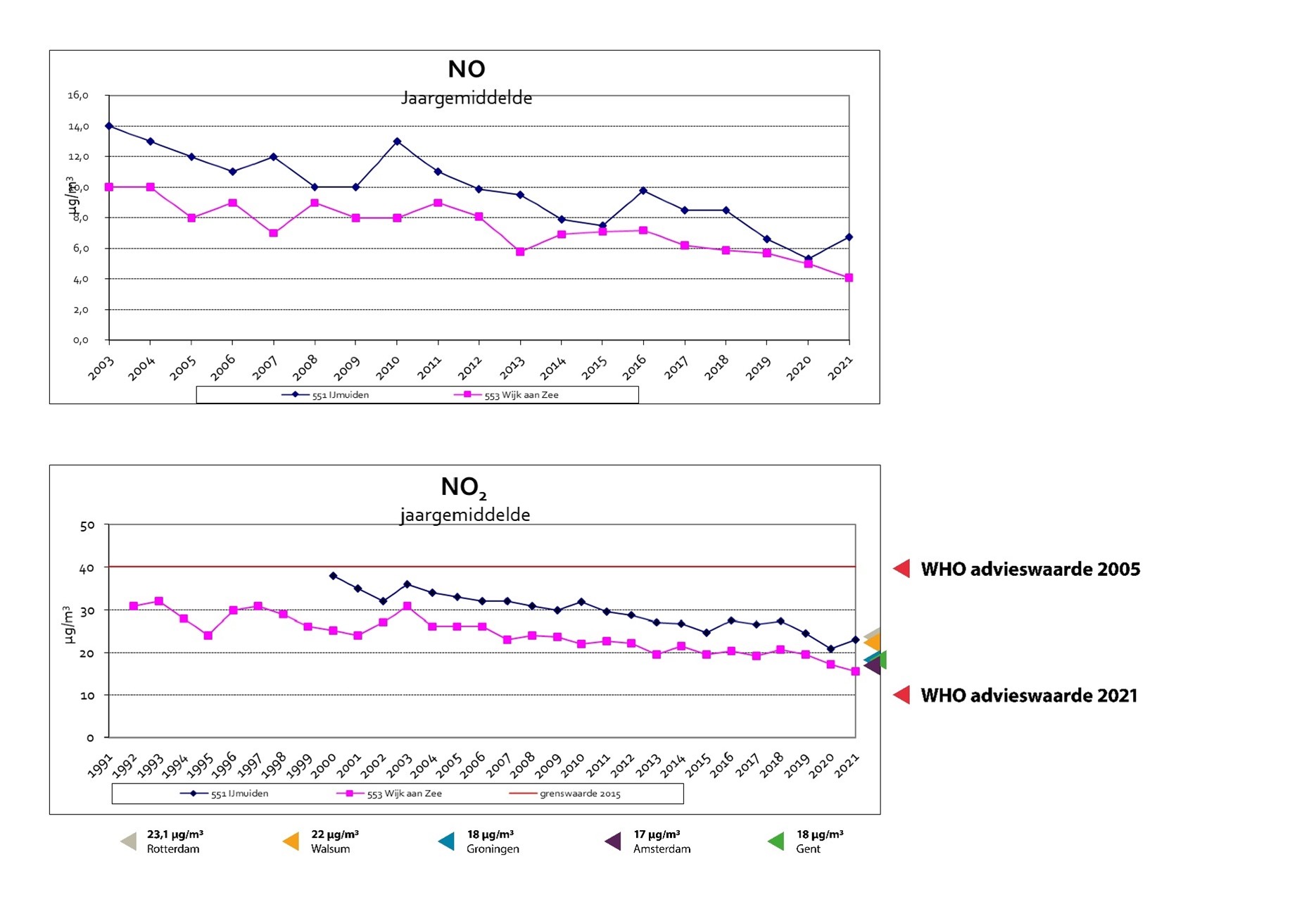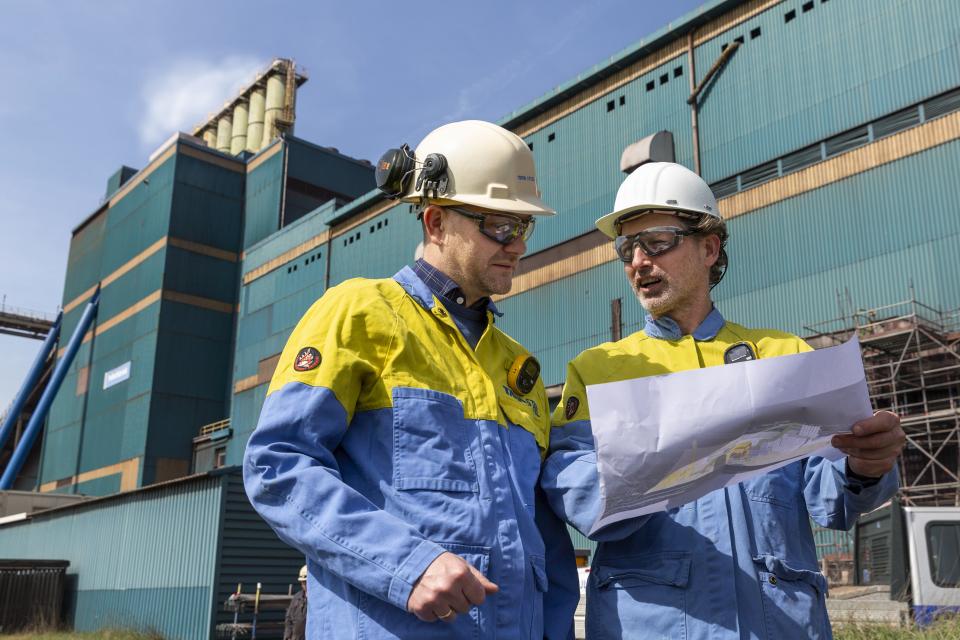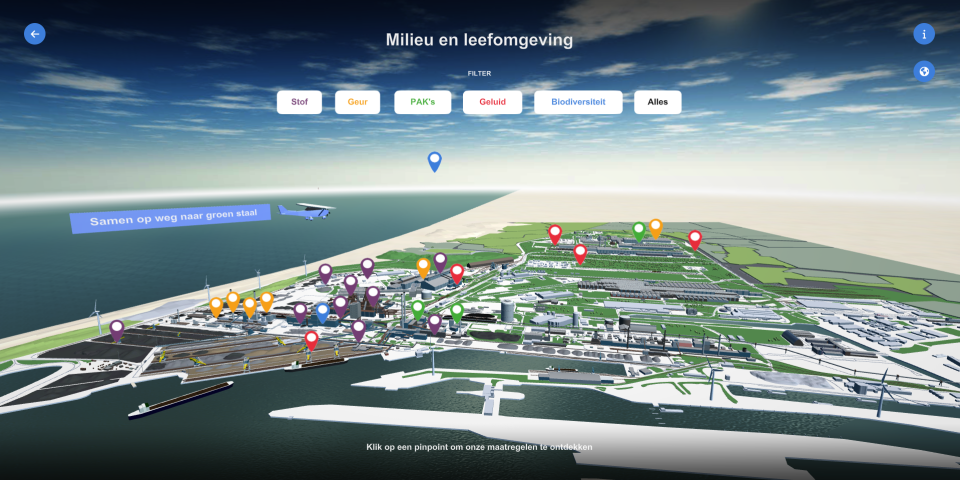Click to enlarge
The Dutch nitrogen issue concerns the decrease in biodiversity in the Dutch Natura 2000 areas due to precipitation of nitrogen compounds (NO2 and NH3), also referred to as nitrogen deposition. Tata Steel emits 1% of the elemental nitrogen compounds in the Netherlands and RIVM has calculated that Tata Steel is responsible for 0.12% of the total nitrogen deposition on nitrogen-sensitive nature in the Netherlands, or the Natura 2000 areas. Also see our fact sheet and the information from RIVM.
Nitrogen oxides (NOx) is a collective name for nitrogen compounds such as nitrogen monoxide (NO) and nitrogen dioxide (NO2). NO has a limited effect on health, but repeated exposure to overly high NO2 concentrations may impact heath. That makes the concentration of NO2 in the air a key component for air quality.

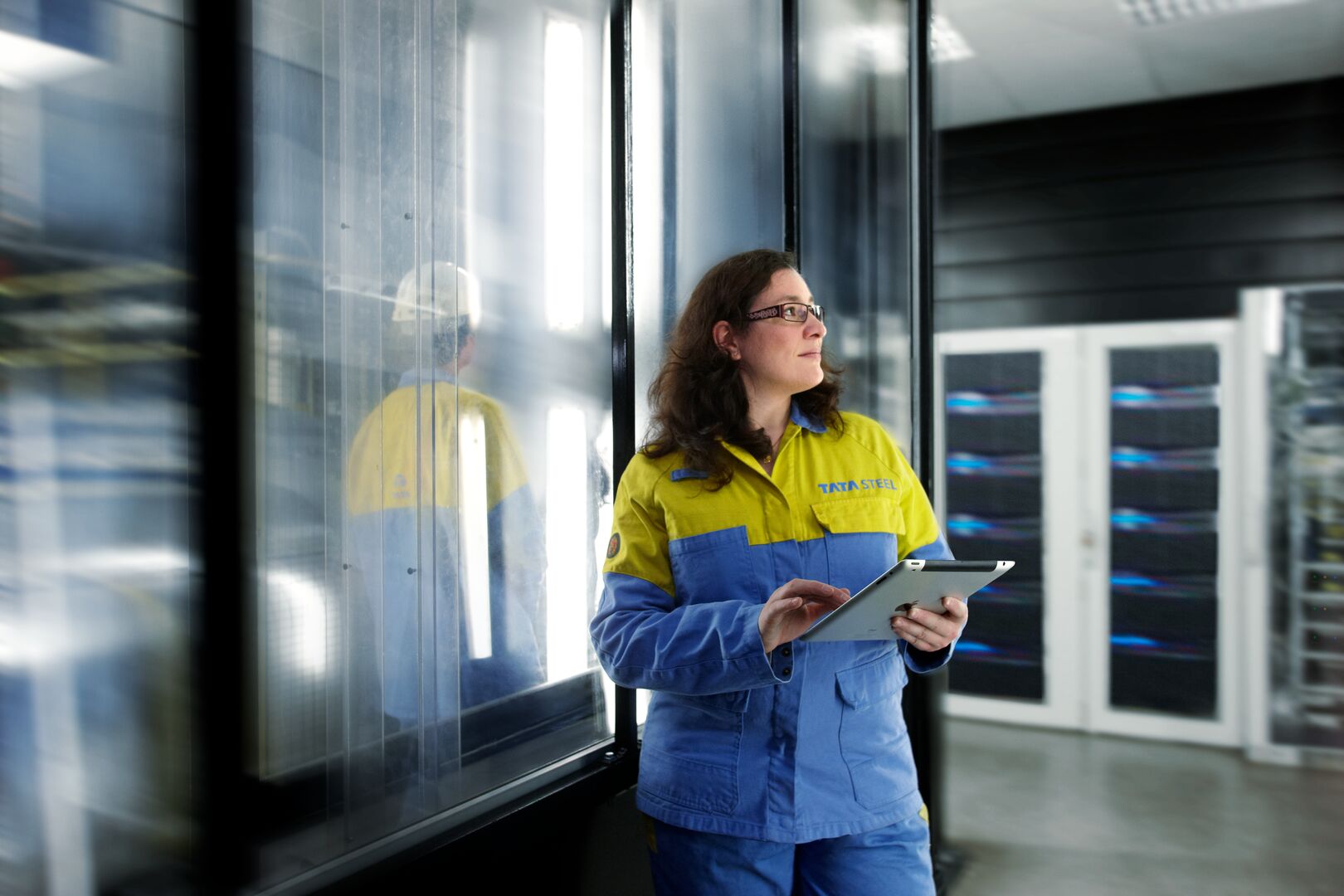
Click to enlarge
How does the decrease in nitrogen affect air quality?
The graphs show the concentrations of NO and NO2 nitrogen oxides in the environment. This, too, shows a continuously decreasing trend.The legal European NO2 standard for air quality is 40 μg NO2 /m3 (annual average concentration). The WHO guideline value (The SLA initially focuses on achieving the WHO guideline values (2005) for nitrogen oxide in 2030) for NO2 is 10 μg/m3. The concentration of NO2 at the measuring points around the Tata Steel site remains well below the statutory limit value and continues to decrease. This means the air in IJmond also meets European NO2 standards.
With our Roadmap Plus, we have achieved a relatively limited reduction in nitrogen emissions in 2022. This is because we want to commission the largest project – the delivery of the DeNOx installation at the Pelletising plant – in 2025. We expect this will reduce nitrogen oxide emissions by some 30%. A decrease in nitrogen oxide emissions will have a positive effect on nitrogen deposition in the nearby Natura 2000 areas, and thus also on biodiversity, and to a lesser extent on air quality (NO2).
Sources and explanation of data
-
Source of figures for Rotterdam Lucht in cijfers 2021, luchtkwaliteit in Rijnmond, DCMR Milieudienst Rijnmond / Source of figures for Amsterdam & Groningen: www.luchtmeetnet.nl/
-
RIVM and Amsterdam Municipal Health Service use De Rijp to determine background values. Background values indicate the amount of substances measured at points with little industry or traffic.
-
The data for Duisburg-Walsum and Ghent have been added for comparison with measuring points in residential areas near a steelmaking plant: Duisburg-Walsum is located approx. 1.5 km from ThyssenKrupp, and Ghent approx. 1 km from ArcelorMittal. These are large, integrated production locations for strip steel in Europe which, together with Tata Steel, constitute the top 3 of steel producers in Europe. Data Duisburg-Walsum from Umweltbundesambt, DENW034 measurement station; data Ghent from Vlaamse Milieu Maatschappij, R740 measurement station.
-
For reference, urban data for Amsterdam, Rotterdam and Groningen have been added; these are measured annual average concentrations.



